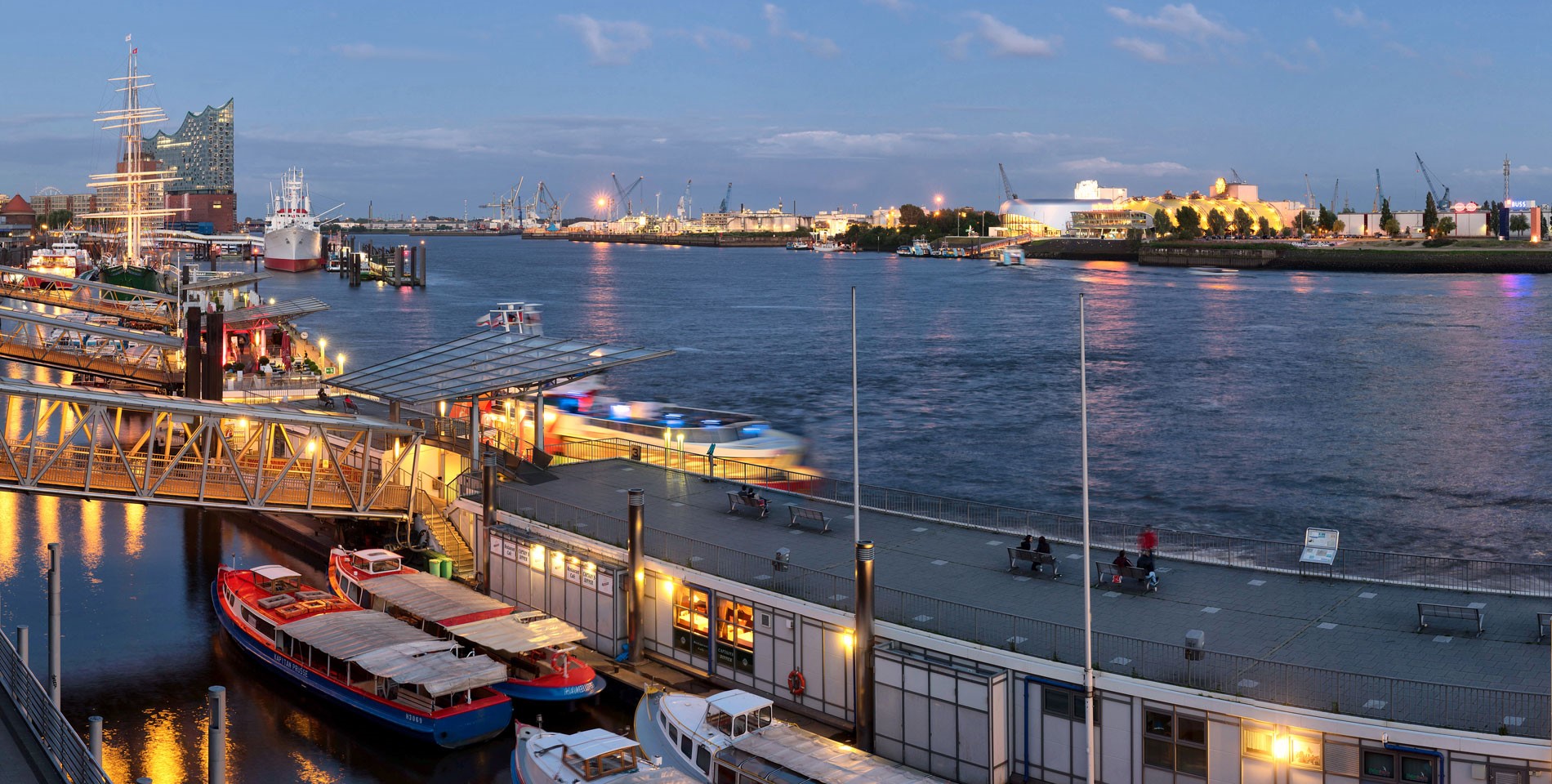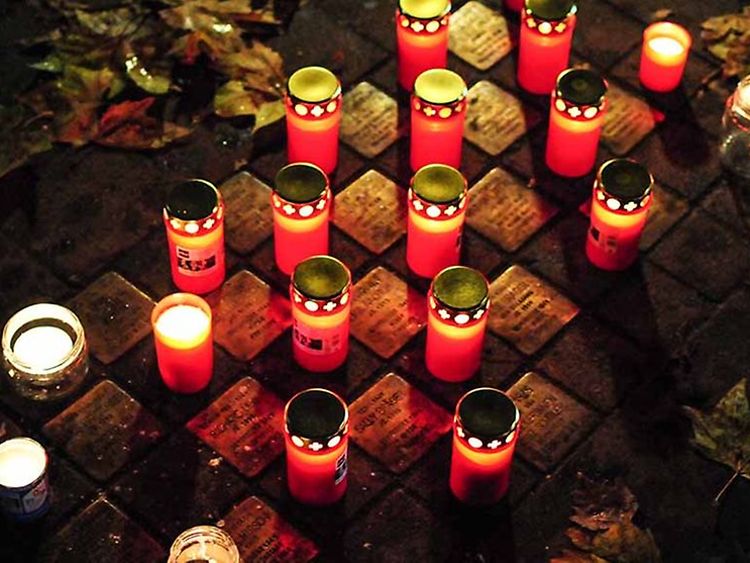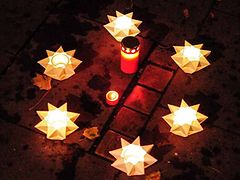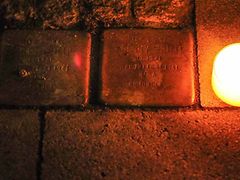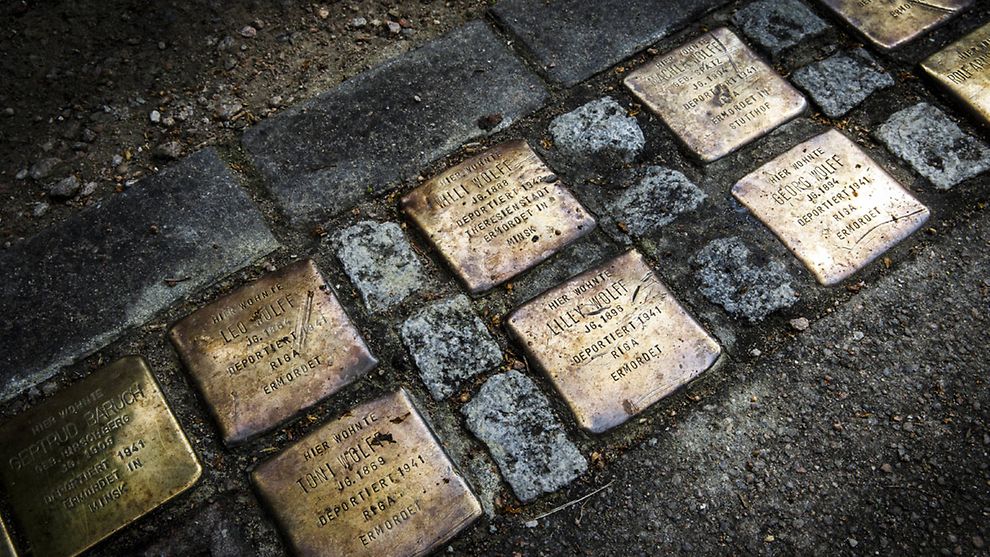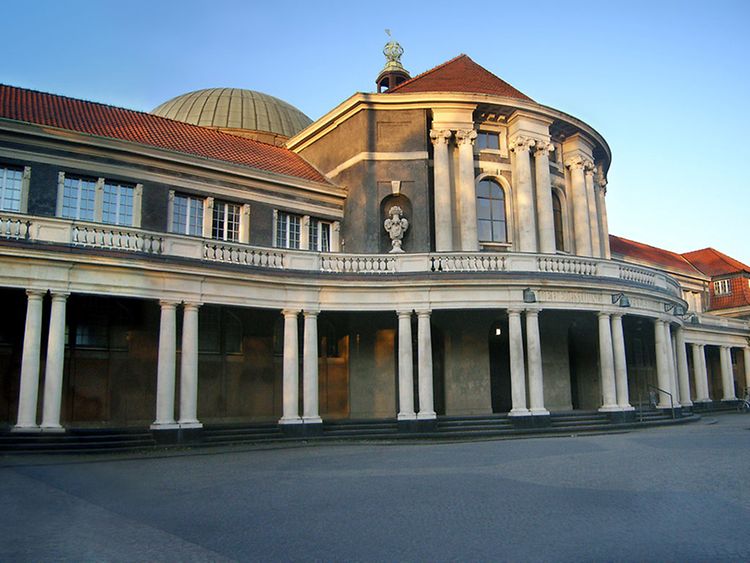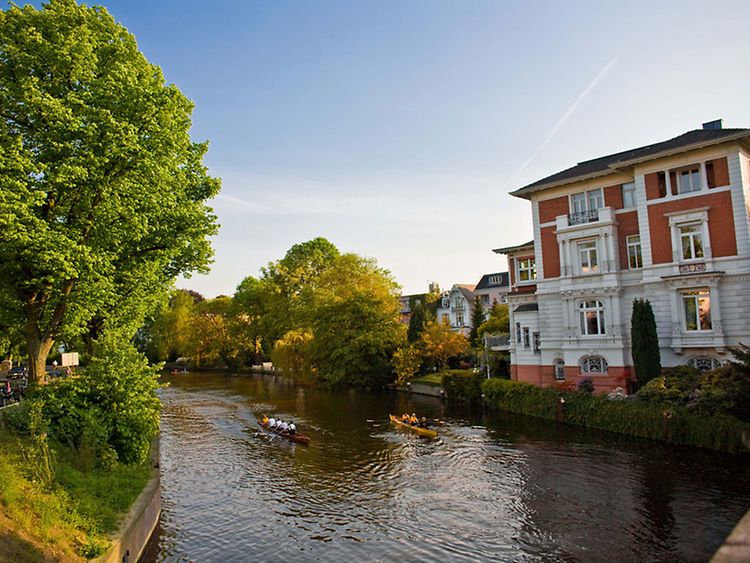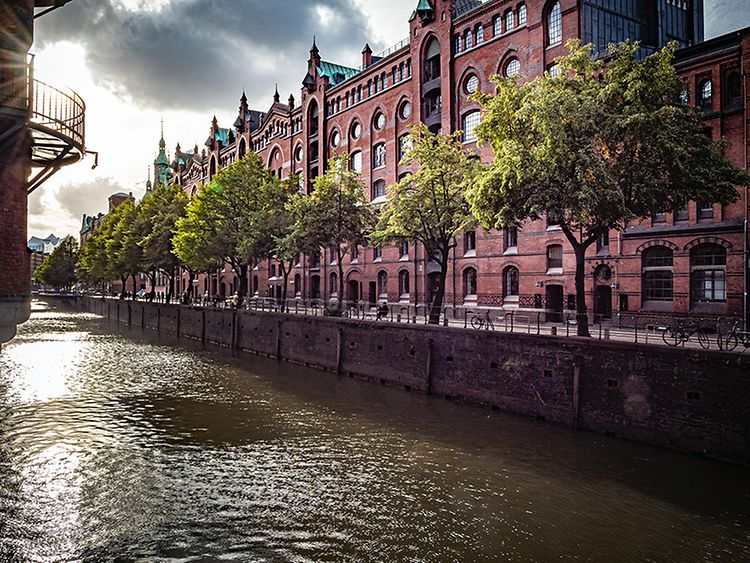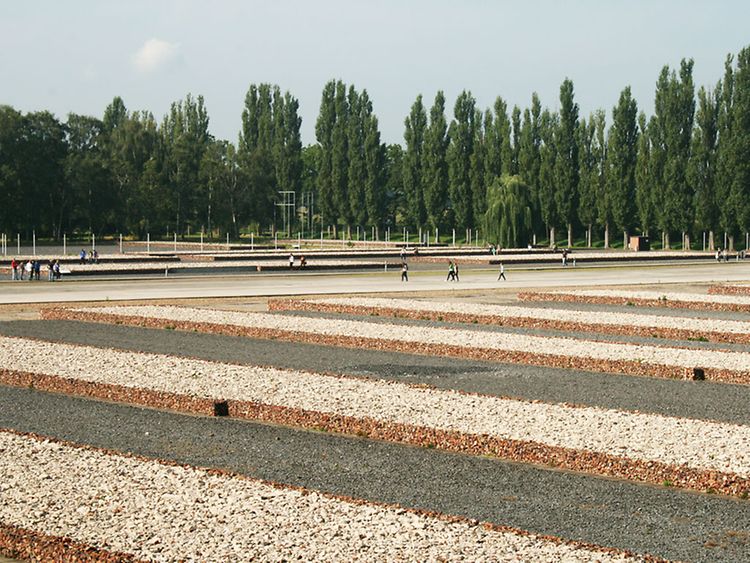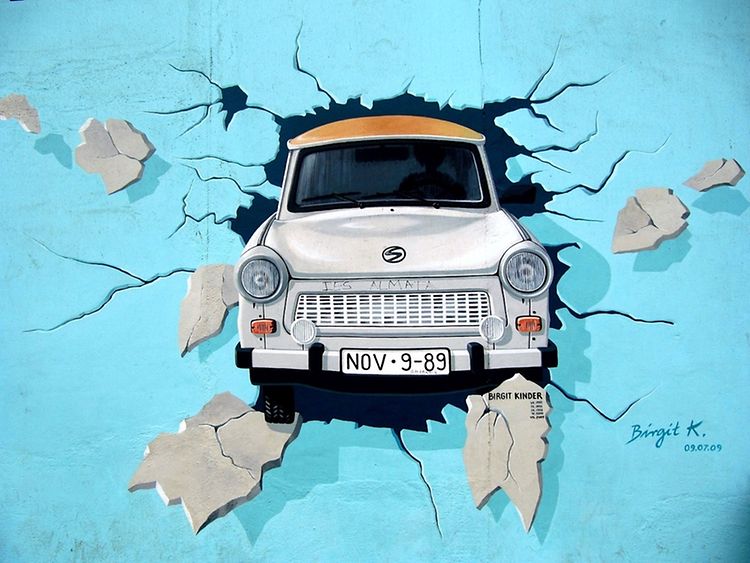9 November has uniquely shaped the face of modern-day Germany. Some of this date’s most notable events include both the creation and reunification of a new state and a failed coup d’etat. In Hamburg and many other cities in Germany, an infinitely darker chapter has left its mark on the cityscape as well.
A light in the dark
The many candles that adorn the streets of the Grindel area in early November can’t be missed, and their appearance is not just autumnal decoration. Locals of the neighbourhood place them there yearly to create awareness of the STOLPERSTEINE art project and to cast literal light on the darkest chapter in German history: every STOLPERSTEINE cobblestone is dedicated to one deported victim of the Nazi regime. While the inconspicuous stones can be found all over Europe, they are especially numerous around Hamburg University. The surrounding Grindel area was one of the most prominent Jewish neighbourhoods in all of North Germany prior to the 1930s - in large part due to the Bornplatz synagogue that was located there at the time. Then, in an outburst of violence, the temple was demolished on Pogrom Night on 9 November, 1938 and the Europe-wide deportations and genocidal murder of millions of Jews and other minorities ensued. Among these victims were around 10,000 Hamburg residents, about half of whom have thus far been documented by the STOLPERSTEINE cobblestones.
Today, a gaping hole next to the Jewish Talmud-Tora school still reminds passers-by of the horrors of the time and of the pivotal Pogrom Night in particular.
One STOLPERSTEIN can be overlooked easily - but once you recognise them and understand their meaning, their sheer number has a strong effect: not only do the STOLPERSTEINE hint at the vast scale of the horror wrought by the Nazis, but as each one represents a single person, the vast number also paint a picture of the millions of individual tragedies experienced on a personal, lived level as well. Thanks to the candles on 9 November, those in the Grindel area pay the STOLPERSTEINE special attention on this particular night of the year.
Political significance
9 November was also the day when the German Republic was proclaimed not once but twice. During the trials and tribulations of the post-war German Empire, both Philipp Scheidemann and Karl Liebknecht took it upon themselves to announce the unofficial end of the monarchy in 1918. Then five years later to the day, that very republic was attacked by Adolf Hitler and General Erich Ludendorff. Their coup d’etat was warded off in the streets of Munich on 9 Nov, 1923.
More specific to Hamburg was 9 November, 1967. Protesting the inauguration of a new university president, students of Hamburg University came up with what would become one of the defining slogans of the 1968 student protests: ‘Unter den Talaren, der Muff von 1000 Jahren’ (lit: ‘Under the gowns is the musty odour of a thousand years.’).
Finally, 9 November, 1989 was the day when the Berlin Wall came down and West and East Germany were reunited peacefully, creating unforgettable images of love and joy. However, because the horrors of Pogrom Night still overshadowed this event, the date was deemed unsuitable for Unification Day, which is still celebrated on 3 October.
